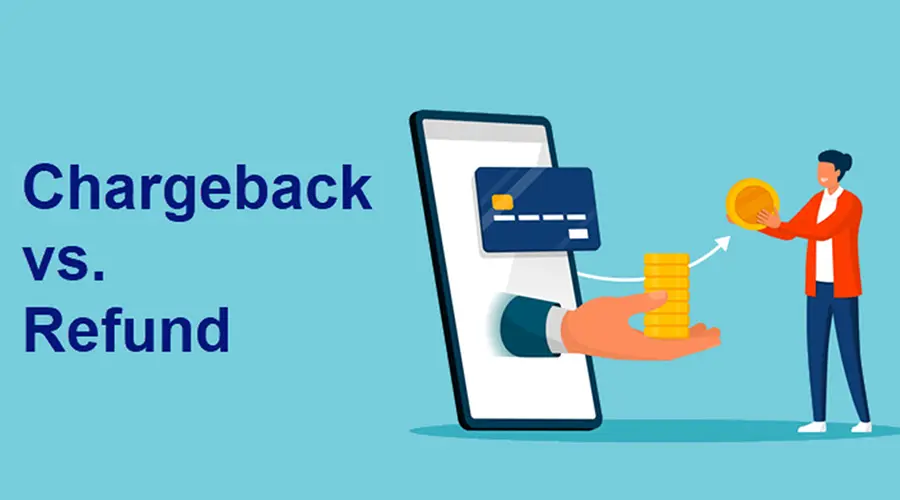What is a cryptocurrency scam. How to protect yourself from scam schemes

Very often, inexperienced investors fall prey to scammers who take advantage of the popularity of cryptocurrencies to make millions of dollars. Fraudsters can use a variety of methods to trick their victims into stealing their money.
Data from the US Federal Trade Commission (FTC) shows that between October 2020 and March 31, 2021 alone, US citizens have suffered more than $80 million from cryptocurrency fraudsters.
This figure is 10 times higher than the previous period of 2019-2020. Such a sharp increase is due to a surge of interest in cryptocurrencies in recent months.
However, the rise in fraud has also been influenced by the record rise in bitcoin, which hit $63,000 in April 2021. According to FTC reports, on average one person loses around $2.6 thousand to cryptocurrency fraud.
The FTC has identified several types of cryptocurrency fraud that are most prevalent over the period specified in the document. In this article, we will look at what cryptocurrency scams are and how not to fall victim to scammers.
Scheme 1: Fraudulent websites.
Victims of scammers who contacted the FTC reported that they went to websites recommended by third parties where they were offered to earn money from investing in cryptocurrency. According to those affected, many of these sites create the illusion that your investment is profitable.
However, when you try to withdraw your money, the scammers may request to transfer tokens to their accounts, leaving you with nothing.
Some of the types of cryptocurrency scams include phishing websites, fraudulent emails and fake mobile apps.
Through such schemes, scammers pose as legitimate organisations, such as cryptocurrency exchanges, and gain access to customers' personal data or force them to transfer money to the scammers' account.
Scheme 2: Advertising with 'celebrities'.
Another method of fraud is the use of celebrity images to advertise fictitious cryptocurrency giveaways. Criminals often posed as Elon Musk, Bill Gates or Steve Wozniak, the founders of Apple.
According to the FTC's statistics, about $2 million of the $80 million stolen during that period was from a similar illegal scheme using the image of Elon Musk.
Incidentally, Steve Wozniak failed in his lawsuit against YouTube, which he filed because of a video posted on the service. In the video, which was created using deepfake technology, Wozniak "announced" a cryptocurrency giveaway that ended up being a scam. However, the judge ruled in favour of YouTube.
Scheme 3: Dating sites and apps.
Fraudsters resort to another scheme to steal your cryptocurrency - through dating websites and apps. They use these platforms to make introductions to users and promote "promising" cryptocurrencies.
Often, scammers pose as their fake second half and ask to transfer money to them in digital assets, which they promise to invest in a promising project. Unfortunately, all the funds go to waste and the investment does not exist.
Scheme 4: Pyramid schemes.
Sometimes scammers operate on a large scale, launching large crypto-projects that end up as pyramid schemes. New clients are attracted by the promise of incredible revenues that will only be available after some time.
One example of such a project is OneCoin, which appeared in the mid-2010s and was launched by Bulgarian-born Ruja Ignatova. OneCoin was an educational trading service that included its own cryptocurrency. To get OneCoin tokens, customers had to buy an educational course, whose price ranged from €100 to €118 thousand.
The more expensive the course purchased, the more tokens the customer had to receive. However, the tokens could only be exchanged for euros through OneCoin's own exchange.
OneCoin turned out to be a pyramid scheme that eventually collapsed. It was launched by Bulgarian-born Ruja Ignatova in the mid-2010s and claimed to be an educational trading service with its own cryptocurrency.
However, it turned out that OneCoin had no blockchain; the tokens were simply fictitious. To get OneCoin cryptocurrency, you had to buy an educational course, which started at €100 and went up to €118,000. The more the course was bought, the more tokens were promised to the customer. Nevertheless, the damage from OneCoin's activities is estimated at $4 billion.
In 2017, the OneCoin exchange ceased operations without warning, and Ignatova is still in hiding from law enforcement.
Scheme 5: Fraudulent ICOs.
Another way to scam people into cryptocurrency is through fraudulent ICOs.
An ICO (Initial Coin Offering) is the attraction of investment by selling cryptocurrency tokens. There are several types of fraud associated with ICOs, but their essence is the same. Scammers raise money from investors and then disappear without fulfilling their obligations.
In 2018, investors lost about $100 million in fraudulent ICOs.
Scheme 6: Shitcoins.
Shitcoin creators are not fraudsters like pyramid and ICO scam creators.
Shitcoins are cryptocurrencies that have no real value and never will. They may be similar to the meme-currency Doge, but without the backing of famous personalities.
Some shithoins have provocative names like ASS, Pussy, Poo, etc. For example, SCAM, although created without fraudulent intentions, briefly reached a capitalisation of $70 million.
Often, shitcoins are created to fool inexperienced investors who have heard about the cryptocurrency but have not done proper market research. Such investors may invest in a virtual currency that was useless to begin with, but relatively cheap compared to BTC and ETH.
Experienced investors, by "helping" newcomers, artificially inflate the value of a particular shithcoin to attract the attention of new investors. They then collect all the dividends before the cryptocurrency's value collapses to zero. This scheme is called "Pump and Dump".
Scheme 7: NFT scams.
According to analysts, a new threat has recently emerged in the NFT token market: scams. In December 2020, OpenSea made tokens available for free and cancelled verification of collections, triggering an increase in fraudulent activity.
By the end of 2021, the company had to block the cloned Phunky Apes Yacht Club and PHAYC collections and limit the creation of custom collections to five. According to the marketplace, up to 80% of tokens could be considered scam or plagiarism.
In early 2022, Todd Kramer, an NFT collector from New York, claimed that his collection of sixteen NFT BAYCs, valued at $2.28 million, had been compromised. As a result, the NFT trading platform OpenSea has frozen all his assets, including one Clonex, seven Mutant Ape Yacht Clubs and eight NFT BAYCs.
How not to fall victim to a scam.
According to the FTC, users between the ages of 20 and 49 are most vulnerable to scammers, which is reflected in the statistics. The older generation, in turn, is less likely to fall victim to scams, but if they are scammed, losses can be much higher - up to $3.2 thousand compared to the $1.9 thousand lost by younger users.
Therefore, before investing in any cryptocurrency, you should research it thoroughly and advise family and friends on what fraudulent schemes exist for digital assets. Along with bitcoin's popularity, the number of speculators is growing, ready to take advantage of any opportunity to make a profit.






